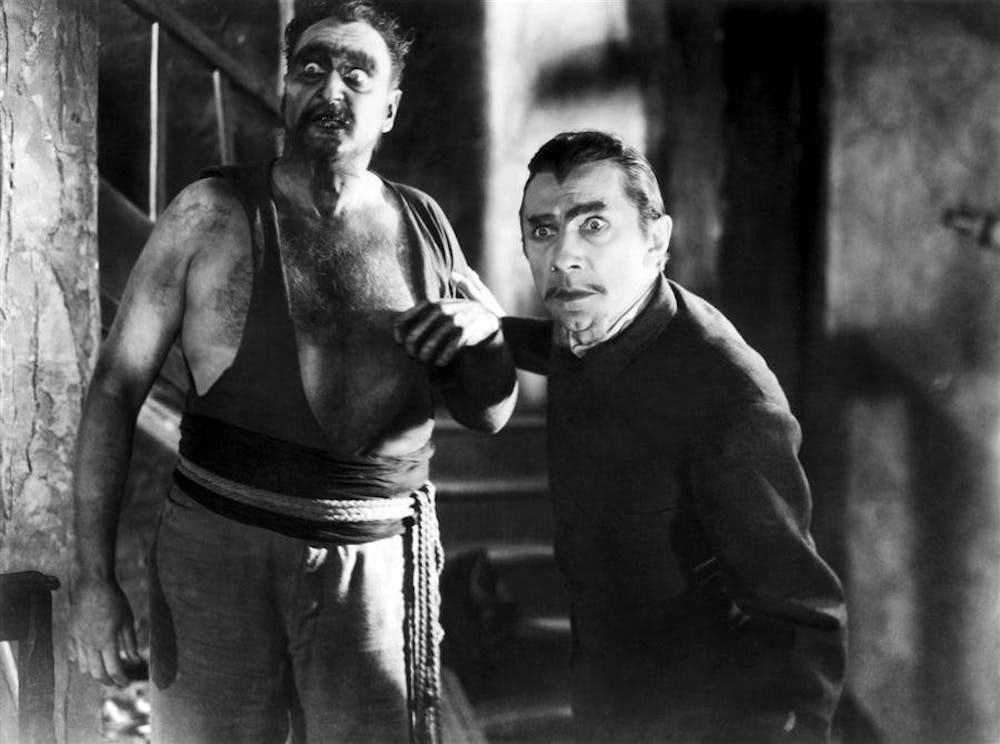Bela Lugosi slinks into a large crypt in the dead of night. After checking the place out to make sure there are no unexpected surprises, he calls for his henchmen, and a group of large black men limber in. Their eyes are blank, their motions are slow and they do not speak. They are the undead.
In the 1932 film “White Zombie,” Lugosi plays Murder Legendre, a wealthy Haitian man who doubles as a sorcerer, controlling legions of zombies to work as slaves in his sugar cane mill. It is one of the earliest appearances of the zombie in Hollywood.
These zombies may not be the flesh-eating monsters we are used to seeing, but in the early part of the 20th century, the voodoo zombi of Haitian folklore was the only popular interpretation of the living dead.
Erik Bohman is an associate instructor in the IU English department who teaches a topics course on zombies as a tool for cultural critique. He said the zombie may have evolved a lot from its early roots, but there is no denying that the zombi of Haiti is the ancestor of the zombie we know and love.
“The character of that zombi is sort of unrecognizable in modern interpretation,” Bohman said. “The zombi is an object of sympathy. It is never the villain. It is usually someone who is murdered and then revived against their will.”
But in 1968, director George A. Romero reinvented the zombie into the creature we know today with his horror classic, “Night of the Living Dead.”
The zombies were no longer victims of sorcery, but a horde of mass-murdering corpses on a mission to kill the living and devour their flesh. Since 1968, hundreds of zombie films have hit both the big and small screens.
Bohman also said the zombie is not just an animated body with a special penchant for brains but a reflection of societal fears and anxieties. In Haitian folklore, the zombi was a reflection of fears of slavery.
In “Night of the Living Dead,” Romero tackles race issues and Cold War anxieties. And Danny Boyle’s 2002 thriller “28 Days Later...” has shifted to consider biological terrorism.
“By the time you get to ‘Land of the Dead’ in 2005, it is so focused on media and information and the Internet,” he said. “There was a point in the ’80s where they made a switch, where the zombie became more humor instead of something scary. It was about insane amounts of gore than trying to scare you.”
Lately however, zombies have become more humorous as they have become more terrifying. Films such as “Zombieland” (2009) and “Shaun of the Dead” (2004) have added a comedic element to the zombie genre. Some even go so far as to turn the zombies into an object of desire. Bohman cites Andrew Currie’s “Fido” (2006), Grace Lee’s “American Zombie” (2007) and Phantom Planet’s music video for “Big Brat” (2003) as examples of zombie sympathy taken to extremes.
“With any figure of horror, how we deal with it is to make it an object of humor and to domesticate it,” he said. “I think that the idea, especially with how we romanticize them, sort of goes back to the initial Haitian zombi as a symbol of sympathy.”
So what does the future hold for the zombie?
Bohman said he worries the popularity of the zombie will be its ultimate downfall, but as with all monster movies, the zombie will probably not be gone forever.
“In the future I think, sadly, the zombie will become over-popular and get played out a bit. But the zombie doesn’t die, so it’ll come back in a specific cultural moment,” he said. “It goes, it dies, it returns.”
The undying cultural trends of zombies throughout history

Get stories like this in your inbox
Subscribe





